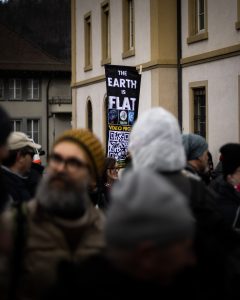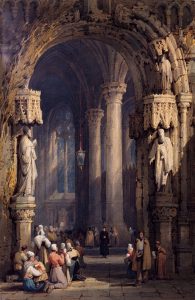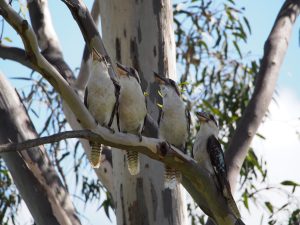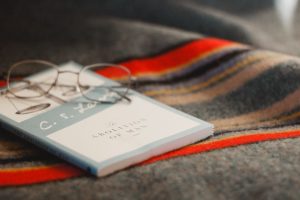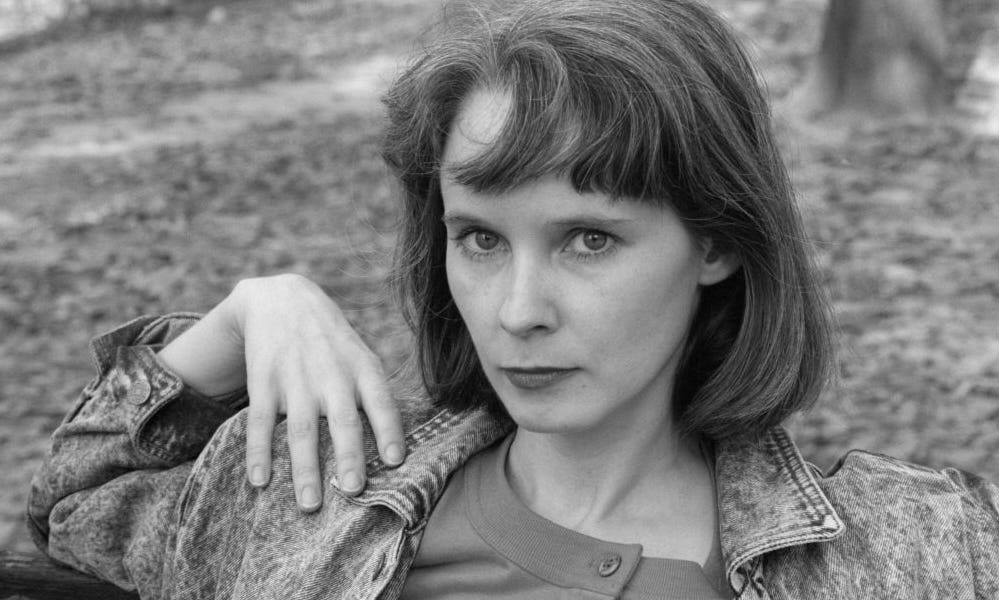If you like reading about philosophy, here’s a free, weekly newsletter with articles just like this one: Send it to me!
AI generating art
There are multiple systems currently on the market that are able to generate art, and you have probably heard some of the names: generative adversarial networks (GANs), Dall-E, or Stable Diffusion. The details of how they work can be hard to understand for the non-AI-engineer; but the basic idea is that these programs are trained on millions of images, so that they learn to associate a particular string of words (“hamster on a beach”) with a particular image content: in this case, a collection of images of hamsters and beaches. When the user enters a prompt to generate an image, the program will then compose an image that contains the partial images that the program has associated with the different parts of the prompt. So, for example, “a camel on a boat, in the style of Dali” will produce an image containing a camel, a boat, and stylistic elements that can be found across the works of Dali. Here’s what this looks like using Dreamstudio.ai, a service using Stable Diffusion to generate the images:
“A camel on a boat in the style of Dali”
One thing that soon becomes apparent is that these systems don’t analyse or understand the grammar of the prompts. They just see that they have some image elements for the words “camel,” “boat” and “Dali” and put these together into a new picture. Whether the camel is “on” or “under” the boat is (mostly?) left to chance. So, for example, the same prompt generates this image, which fits the intent of the query much less:
“A camel on a boat in the style of Dali”

Beauty
The best-looking images are those where the mind of the observer has no reliable way to critically judge the success of the image generation process. Abstract images and painting styles that obscure the details work best and can create truly stunning output:
“A flower in Picasso style”
Giving the same prompt again does not repeat the image. Instead, a new, unique picture is generated:
“A flower in Picasso style”
A T-Rex in Dali style (my childrens’ idea) also looks great and undoubtedly has the typical “Dali” look to it:
“A t-rex in Dali style”
This Hong Kong skyline in watercolour is striking:
“Hong Kong skyline in watercolor”
And here is another one, specifically asking for a “moody blue” version: …
Read the full article which is published on Daily Philosophy (external link)

